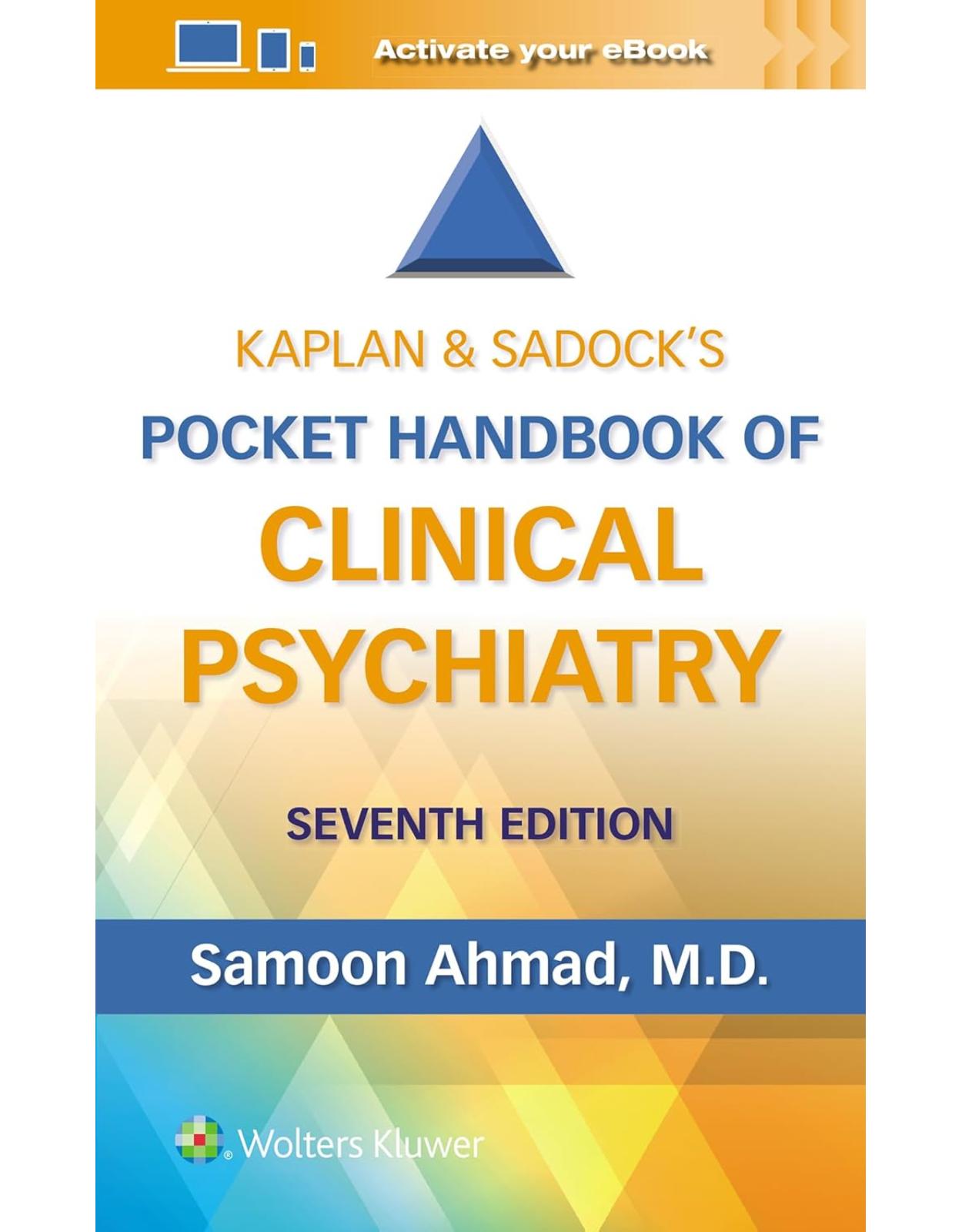
Kaplan & Sadock’s Pocket Handbook of Clinical Psychiatry
Livrare gratis la comenzi peste 500 RON. Pentru celelalte comenzi livrarea este 20 RON.
Disponibilitate: La comanda in aproximativ 4 saptamani
Autor: Samoon Ahmad M.D.
Editura: Elsevier
Limba: Engleza
Nr. pagini: 650
Coperta: Paperback
Dimensiuni: 127 x 203 mm
An aparitie: 8 iul 2024
Concise and easy to use, Kaplan & Sadock’s Pocket Handbook of Clinical Psychiatry, Seventh Edition, is an up-to-date guide to diagnosing the full range of psychiatric disorders in both adults and children. Written by Dr. Samoon Ahmad, this companion to Kaplan and Sadock's Comprehensive Textbook of Psychiatry offers brief summaries of psychiatric disorders, including key aspects of etiology, epidemiology, clinical features, and suggestions for treatment. Now in full color for the first time, it’s an ideal ready reference for psychiatrists and other physicians, medical students on psychiatric rotations, psychiatric residents, and mental health professionals in psychology, social work, and nursing.
Table of Contents:
Chapter 1: Classification in Psychiatry
Introduction
DSM-5 Classification
Neurodevelopmental disorders
Schizophrenia spectrum and other psychotic disorders
Bipolar and related disorders
Depressive disorders
Anxiety disorders
Obsessive-compulsive and related disorders
Trauma or stressor-related disorders
Dissociative disorders
Somatic symptom and related disorders
Feeding and eating disorders
Elimination disorders
Sleep-wake disorders
Sexual dysfunctions
Gender dysphoria
Disruptive, impulse control, and conduct disorders
Substance-related disorders
Neurocognitive disorders
Personality disorders
Paraphilic disorders and paraphilia
Other mental disorders
Medication-induced movement disorders and other adverse effects of medication
Other conditions that may be a focus of clinical attention
Conditions for further study
Chapter 2: Psychiatric History and Mental Status Examination
Introduction
Psychiatric History
Mental Status
Chapter 3: Medical Assessment and Laboratory Testing in Psychiatry
Introduction
Neuroendocrine Tests
Thyroid function tests
Dexamethasone suppression test
Catecholamine and serotonin testing
Other endocrine tests
Renal and Hepatic Tests
Renal function tests
Liver function tests
Blood Test for Sexually Transmitted Diseases
Syphilis
HIV/AIDS
Tests Related to Psychotropic Drugs
Benzodiazepines
Antipsychotics
Tricyclic and tetracyclic drugs
Monoamine oxidase inhibitors
Lithium
Carbamazepine
Valproate
Tacrine (Cognex)
Urine Testing for Substance Abuse
Lumbar Puncture
Sodium Lactate–Induced Panic Attacks
Screening Tests for Medical Illnesses
Electrophysiology
Electroencephalogram
Polysomnography
Evoked potentials
Drug-Assisted Interview
Diagnostic indications
Procedure
Contraindications
Biochemical Markers and Pharmacogenomic Testing
Chapter 4: Medical Comorbidity and Management
Introduction
Definitions
Obesity
Body mass index
Metabolic syndrome
Epidemiology
Etiology
Neurochemistry and stress
Tobacco cessation
Medications
Assessment and Interventions When Prescribing Psychotropic Medications
Diet
Lifestyle changes
Exercise
Stress management
Psychotherapy
Surgery
Wellness apps
Pharmacotherapy
Conclusion
Chapter 5: Brain Imaging
Introduction
Uses of Neuroimaging
Indications for neuroimaging in clinical practice
Indications for neuroimaging in clinical research
Brain Imaging Methods
Computed tomography
Magnetic resonance imaging scans
Magnetic resonance spectroscopy
Functional MRI
Single-photon emission computed tomography
Positron emission tomography
Chapter 6: Major Neurocognitive Disorders
Introduction
Delirium
Epidemiology
Risk factors
Etiology
Diagnosis
Clinical features
Physical and laboratory examinations
Differential diagnosis
Course and prognosis
Treatment
Dementia
Epidemiology
Etiology
Diagnosis and clinical features
Physical and laboratory examinations
Differential diagnosis
Course and prognosis
Treatment
Dementia of the Alzheimer Type
Epidemiology
Etiology
Diagnosis
Neuropathology
Course and prognosis
Treatment
Vascular Dementia
Binswanger disease
Epidemiology
Etiology
Diagnosis
Physical and laboratory tests
Differential diagnosis
Course and prognosis
Treatment
Frontotemporal Dementia (Pick Disease)
Huntington Disease
Epidemiology
Etiology
Diagnosis
Differential diagnosis
Course and prognosis
Treatment
Parkinson Disease
Epidemiology
Etiology
Diagnosis
Course and prognosis
Treatment
Lewy Body Disease
HIV-Related Dementia
Head-Related Trauma
Substance-Induced Persisting Dementia
Other Dementias
Chapter 7: Major or Minor Neurocognitive Disorder due to Another Medical Condition (Amnestic Disorder)
Introduction
Epidemiology
Etiology
Diagnosis, Signs, and Symptoms
Clinical Features and Subtypes
Pathophysiology
Course and Prognosis
Pathology and Laboratory Examination
Treatment
Types of Disorders
Cerebrovascular diseases
Multiple sclerosis
Korsakoff syndrome
Alcoholic blackouts
Electroconvulsive therapy
Traumatic brain injury
Transient global amnesia
Differential diagnosis
Chapter 8: Mental Disorders due to Another Medical Condition
Introduction
Mood Disorder Due to Another Medical Condition
Epidemiology
Etiology
Diagnosis and clinical features
Differential diagnosis
Course and prognosis
Treatment
Psychotic Disorder Due to Another Medical Condition
Epidemiology
Etiology
Diagnosis and clinical features
Differential diagnosis
Course and prognosis
Treatment
Bipolar and Related Disorder Due to Another Medical Condition
Epidemiology
Etiology
Diagnosis and clinical features
Differential diagnosis
Course and prognosis
Treatment
Anxiety Disorder Due to Another Medical Condition
Epidemiology
Etiology
Diagnosis and clinical features
Differential diagnosis
Course and prognosis
Treatment
Obsessive-Compulsive and Related Disorders Due to Another Medical Condition
Epidemiology
Etiology
Diagnosis and clinical features
Differential diagnosis
Course and prognosis
Treatment
Sleep Disorder Due to a General Medical Condition
Sexual Dysfunction Due to a General Medical Condition
Catatonic Disorder Due to Another Medical Condition
Epidemiology
Etiology
Diagnosis and clinical features
Differential diagnosis
Course and prognosis
Treatment
Personality Change Due to Another Medical Condition
Epidemiology
Etiology
Diagnosis and clinical features
Differential diagnosis
Course and prognosis
Treatment
Mental Disorders Due to Another Medical Condition Not Elsewhere Classified
Medical Conditions Capable of Inducing Symptoms Associated With Mental Disorders
Epilepsy
Brain tumors
Head trauma
Demyelinating disorders
Infectious diseases
Immune disorders
Endocrine disorders
Metabolic disorders
Nutritional disorders
Toxins
Chapter 9: Substance-Related and Addictive Disorders
Introduction
Classification
Terminology
Evaluation
Toxicology
Physical examination
History
Treatment
Specific Substance-Related Disorders
Alcohol-related disorders
Opioid-related disorders
Sedative-hypnotic and anxiolytic-related disorders
Stimulant-related disorders
Cannabis-related disorders
Hallucinogen-related disorders
Inhalant-related disorders
Caffeine-related disorders
Tobacco-related disorders
Other (or unknown substance-related disorders)
Nonsubstance-Related Disorders
Gambling disorder
Epidemiology
Comorbidity
Etiology/pathophysiology
Diagnosis, signs, and symptoms
Treatment
Chapter 10: Schizophrenia Spectrum and Other Psychotic Disorders
Introduction
Epidemiology
Incidence and prevalence
Gender and age
Birth season
Parental health and birth complications
Race and religion
Socioeconomics
Childhood adversity
Medical and mental illness
Cannabis use
Etiology
Genetic
Biologic
Psychosocial and environmental
Infectious theory
Diagnosis, Signs, and Symptoms
Diagnostic criteria in Diagnostic Statistical Manual of Mental Disorders, Fifth edition, Text Revision
Clinical symptoms
Negative and positive symptoms
Insight
Types
Paranoid
Disorganized (formerly called hebephrenia)
Catatonic
Undifferentiated type
Residual type
Other subtypes
Laboratory and Psychological Tests
Electroencephalogram
Evoked potential studies
Immunologic studies
Endocrinologic studies
Neuropsychological testing
Pathophysiology
Neuropathology
Brain imaging
Physical findings
Psychodynamic Factors
Differential Diagnosis
Medical and neurologic disorders
Schizophreniform disorder and brief psychotic disorder
Mood disorders
Schizoaffective disorder
Delusional disorders
Personality disorders
Factitious disorder and malingering
Pervasive developmental disorders
Intellectual disability
Shared cultural beliefs
Other specified or unspecified related disorder
Course and Prognosis
Course
Prognosis
Treatment
Pharmacologic
Electroconvulsive therapy
Psychosocial
Interviewing Techniques
Understanding
Other critical tasks
Chapter 11: Schizophreniform, Schizoaffective, Delusional, and Other Psychotic Disorders
Introduction
Schizophreniform Disorder
Epidemiology
Etiology
Laboratory and psychological tests
Pathophysiology
Diagnosis, signs, and symptoms
Differential diagnosis
Course and prognosis
Treatment
Schizoaffective Disorder
Epidemiology
Etiology
Laboratory and psychological tests
Pathophysiology
Diagnosis, signs, and symptoms
Differential diagnosis
Course and prognosis
Treatment
Delusional Disorder
Epidemiology
Etiology
Laboratory and psychological tests
Pathophysiology
Psychodynamic factors
Diagnosis, signs, and symptoms
Differential diagnosis
Course and prognosis
Treatment
Brief Psychotic Disorder
Epidemiology
Etiology
Laboratory and psychological tests
Pathophysiology
Diagnosis, signs, and symptoms
Differential diagnosis
Course and prognosis
Treatment
Shared Psychotic Disorder
Epidemiology
Etiology
Laboratory and psychological tests
Psychodynamic factors
Diagnosis, signs, and symptoms
Differential diagnosis
Course and prognosis
Treatment
Psychotic Disorder Not Otherwise Specified
Autoscopic psychosis
Motility psychosis
Postpartum psychosis
Catatonic Disorder
Epidemiology
Etiology
Laboratory and psychological tests
Pathophysiology
Diagnosis, signs, and symptoms
Differential diagnosis
Course and prognosis
Treatment
Culture-Bound Syndromes
Chapter 12: Mood Disorders
Introduction
Epidemiology of Mood Disorders
Sex
Age
Sociocultural
Etiology of Mood Disorders
Neurotransmitters
Neuroinflammation
Psychosocial
Laboratory and Psychological Tests for Mood Disorders
Dexamethasone suppression test
Brain imaging
Psychological tests
Signs, Symptoms, and Criteria
Depression (major depressive episode)
Mania (manic episode)
Bipolar Disorders
Pathophysiology
Diagnosis
Differential diagnosis
Comorbidity
Course and prognosis
Treatment
Cyclothymic Disorder
Pathophysiology
Diagnosis
Differential diagnosis
Comorbidity
Course and prognosis
Treatment
Substance-/Medication-Induced Bipolar and Related Disorders
Diagnosis
Differential diagnosis
Treatment
Bipolar and Related Disorder Due to Another Medical Condition
Diagnosis
Differential diagnosis
Treatment
Other Specified Bipolar and Related Disorders
Short-duration hypomanic episodes and major depressive episodes
Hypomanic episodes with insufficient symptoms and major depressive episodes
Hypomanic episode without prior major depressive episode
Short-duration cyclothymia
Disruptive Mood Dysregulation Disorder
Pathophysiology
Diagnosis, signs, and symptoms
Differential diagnosis
Comorbidity
Course and prognosis
Treatment
Major Depressive Disorder
Pathophysiology
Diagnosis
Differential diagnosis
Comorbidity
Course and prognosis
Treatments for major depressive disorder
Persistent Depressive Disorder (Dysthymia)
Pathophysiology
Diagnosis
Double depression
Differential diagnosis
Comorbidity
Course and prognosis
Treatment
Premenstrual Dysphoric Disorder
Pathophysiology
Diagnosis
Differential diagnosis
Comorbidity
Course and prognosis
Treatment
Other Specified Depressive Disorder
Recurrent brief depression
Short-duration depressive episode
Depressive episode with insufficient symptoms
Unspecified Depressive and Bipolar and Related Disorders
Depressive Disorders Within Specific Populations
Pseudodementia
Depression in children
Specifiers of Depressive Disorders
With anxious distress
With mixed features
With melancholic features
With atypical features
With mood-congruent psychotic features
With mood-incongruent psychotic features
With catatonia
With peripartum onset
With seasonal pattern
In partial remission
In full remission
Mild
Moderate
Severe
Chapter 13: Anxiety Disorders
Introduction
Classification
Separation anxiety disorder
Selective mutism
Social anxiety disorder (social phobia)
Panic disorder
Agoraphobia
Generalized anxiety disorder
Substance-/medication-induced anxiety disorder
Anxiety disorder due to another medical condition
Other specified anxiety disorders
Unspecified anxiety disorders
Mixed anxiety-depressive disorder
Epidemiology
Etiology
Biologic
Psychoanalytic
Learning theory
Genetic studies
Psychological Tests
Rorschach test
Thematic apperception test
Draw-a-person
Laboratory Tests
Pathophysiology
Differential Diagnosis
Depressive disorders
Schizophrenia
Atypical psychosis (psychotic disorder not otherwise specified)
Bipolar I disorder
Adjustment disorder with anxiety
Medical and neurologic conditions
Substance-related disorders
Cognitive disorders
Course and Prognosis
Separation anxiety disorder
Selective mutism
Specific phobia
Social anxiety disorder (social phobia)
Panic disorder
Agoraphobia
Generalized anxiety disorder
Treatment
Pharmacologic
Psychological
Chapter 14: Obsessive-Compulsive and Related Disorders
Introduction
Obsessive-Compulsive Disorder
Epidemiology
Comorbidity
Etiology
Laboratory and psychological tests
Pathophysiology
Diagnosis, signs, and symptoms
Differential diagnosis
Course and prognosis
Treatment
Hoarding Disorder
Epidemiology
Comorbidity
Etiology
Laboratory and psychological tests
Pathophysiology
Diagnosis, signs, and symptoms
Clinical features
Differential diagnosis
Course and prognosis
Treatment
Body Dysmorphic Disorder
Epidemiology
Etiology
Laboratory and psychological tests
Pathophysiology
Diagnosis, signs, and symptoms
Differential diagnosis
Course and prognosis
Treatment
Hair-Pulling Disorder (Trichotillomania)
Epidemiology
Comorbidity
Etiology
Laboratory and psychological tests
Pathophysiology
Diagnosis, signs, and symptoms
Differential diagnosis
Course and prognosis
Treatment
Excoriation (Skin-Picking) Disorder
Epidemiology
Comorbidity
Etiology
Laboratory and psychological tests
Pathophysiology
Diagnosis, signs, and symptoms
Clinical features
Differential diagnosis
Factitious dermatitis
Epidemiology
Course and prognosis
Treatment
Obsessive-Compulsive or Related Disorder Due to Another Medical Condition
Substance-Induced Obsessive-Compulsive or Related Disorder
Other Specified Obsessive-Compulsive or Related Disorders
Olfactory reference syndrome
Chapter 15: Trauma- and Stressor-Related Disorders
Introduction
Trauma Exposure
Reactive Attachment Disorder
Epidemiology
Comorbidity
Etiology
Laboratory and psychological tests
Pathophysiology
Diagnosis, signs, and symptoms
Differential diagnosis
Course and prognosis
Treatment
Disinhibited Social Engagement Disorder
Epidemiology
Comorbidity
Etiology
Laboratory and psychological tests
Pathophysiology
Diagnosis, signs, and symptoms
Differential diagnosis
Course and prognosis
Treatment
Posttraumatic Stress Disorder
Epidemiology
Comorbidity
Etiology
Laboratory and psychological tests
Pathophysiology
Diagnosis, signs, and symptoms
Clinical features
Differential diagnosis
Course and prognosis
Treatment
Complex Posttraumatic Stress Disorder
Acute Stress Disorder
Epidemiology
Etiology
Laboratory and psychological tests
Pathophysiology
Diagnosis, signs, and symptoms
Differential diagnosis
Course and prognosis
Treatment
Adjustment Disorders
Epidemiology
Comorbidity
Etiology
Laboratory and psychological tests
Pathophysiology
Diagnosis, signs, and symptoms
Clinical features
Specifiers
Differential diagnosis
Course and prognosis
Treatment
Prolonged Grief Disorder
Epidemiology
Comorbidity
Risk factors
Laboratory and psychological tests
Pathophysiology
Diagnosis, signs, and symptoms
Differential diagnosis
Course and prognosis
Treatment
Other Specified Trauma- and Stressor-Related Disorder
Unspecified Trauma- and Stressor-Related Disorder
Chapter 16: Dissociative Disorders
Introduction
Trauma Exposure
Dissociative Amnesia
Epidemiology
Comorbidity
Etiology
Laboratory and psychological tests
Pathophysiology
Diagnosis, signs, and symptoms
Differential diagnosis
Course and prognosis
Treatment
Dissociative Identity Disorder
Epidemiology
Comorbidity
Etiology
Laboratory and psychological tests
Pathophysiology
Diagnosis, signs, and symptoms
Differential diagnosis
Course and prognosis
Treatment
Depersonalization/Derealization Disorder
Epidemiology
Comorbidity
Etiology
Laboratory and psychological tests
Pathophysiology
Diagnosis, signs, and symptoms
Differential diagnosis
Course and prognosis
Treatment
Other Specified or Unspecified Dissociative Disorder
Chronic and recurrent syndromes of mixed dissociative symptoms
Identity disturbance due to prolonged and intensive coercive persuasion
Acute dissociative reactions to stressful events
Dissociative trance disorder
Treatment
Chapter 17: Somatic Symptom and Related Disorders
Introduction
Somatic Symptom Disorder
Epidemiology
Comorbidity
Etiology
Laboratory and psychological tests
Pathophysiology
Diagnosis, signs, and symptoms
Differential diagnosis
Course and prognosis
Treatment
Illness Anxiety Disorder
Epidemiology
Comorbidity
Etiology
Laboratory and psychological tests
Pathophysiology
Diagnosis, signs, and symptoms
Differential diagnosis
Course and prognosis
Treatment
Conversion Disorder (Functional Neurologic Symptom Disorder)
Epidemiology
Comorbidity
Etiology
Laboratory and psychological tests
Pathophysiology
Diagnosis, signs, and symptoms
Differential diagnosis
Course and prognosis
Treatment
Psychological Factors Affecting Other Medical Conditions
Epidemiology
Laboratory and psychological tests
Pathophysiology
Diagnosis, signs, and symptoms
Differential diagnosis
Course and prognosis
Treatment
Factitious Disorder
Epidemiology
Etiology
Laboratory and psychological tests
Pathophysiology
Diagnosis, signs, and symptoms
Differential diagnosis
Course and prognosis
Treatment
Other Specified or Unspecified Somatic Symptom and Related Disorder
Brief somatic symptom disorder
Brief illness anxiety disorder
Illness anxiety disorder without excessive health-related behaviors
Pseudocyesis
Chapter 18: Personality Disorders
Introduction
Cluster A—Odd and Eccentric Cluster
Paranoid personality disorder
Schizoid personality disorder
Schizotypal personality disorder
Cluster B—Dramatic, Impulsive, and Erratic Cluster
Antisocial personality disorder
Borderline personality disorder
Histrionic personality disorder
Narcissistic personality disorder
Cluster C—Anxious or Fearful Cluster
Obsessive-compulsive personality disorder
Avoidant personality disorder
Dependent personality disorder
Other Personality Disorders
Personality change due to a general medical condition
Other Specified Personality Disorders
Passive-aggressive personality
Depressive personality disorder
Sadomasochistic personality
Sadistic personality
Psychobiologic Model of Treatment
Temperament
Biologic character traits
Chapter 19: Sexual Dysfunction
Introduction
Specifications
Delayed Ejaculation
Epidemiology
Comorbidity
Etiology/pathophysiology
Laboratory and psychological tests
Diagnosis, signs, and symptoms
Differential diagnosis
Course and prognosis
Treatment
Erectile Disorder
Epidemiology
Comorbidity
Etiology
Laboratory and psychological tests
Diagnosis, signs, and symptoms
Differential diagnosis
Course and prognosis
Treatment
Female Orgasmic Disorder
Epidemiology
Comorbidity
Etiology
Laboratory and psychological tests
Diagnosis, signs, and symptoms
Differential diagnosis
Course and prognosis
Treatment
Female Sexual Interest/Arousal Disorder
Epidemiology
Comorbidity
Etiology
Laboratory and psychological tests
Pathophysiology
Diagnosis, signs, and symptoms
Differential diagnosis
Course and prognosis
Treatment
Genito-Pelvic Pain/Penetration Disorder
Dyspareunia
Vaginismus
Epidemiology
Comorbidity
Etiology
Laboratory and psychological tests
Diagnosis, signs, and symptoms
Differential diagnosis
Course and prognosis
Treatment
Male Hypoactive Sexual Desire Disorder
Epidemiology
Comorbidity
Etiology
Laboratory and psychological tests
Pathophysiology
Diagnosis, signs, and symptoms
Differential diagnosis
Course and prognosis
Treatment
Premature Ejaculation
Epidemiology
Comorbidity
Etiology
Laboratory and psychological tests
Pathophysiology
Diagnosis, signs, and symptoms
Differential diagnosis
Course and prognosis
Treatment
Substance-/Medication-Induced Sexual Dysfunction
Epidemiology
Pathophysiology
Diagnosis
Sexual Dysfunction Due to a General Medical Condition
Erectile disorder due to a general medical condition
Dyspareunia due to a general medical condition
Male hypoactive sexual desire disorder and female interest/arousal disorder due to a general medical condition
Other male sexual dysfunction due to a general medical condition
Other female sexual dysfunction due to a general medical condition
Other Specified Sexual Dysfunction
Postcoital dysphoria
Postcoital headache
Sex addiction
Persistent genital arousal disorder
Orgasmic anhedonia
Masturbatory pain
Unspecified Sexual Dysfunction
Paraphilias
Nonpharmacologic Treatments
Analytically oriented sex therapy
Dual-sex therapy
Group therapy
Behavior therapy
Mindfulness
Hypnotherapy
Hormone therapy
Lifestyle changes
Chapter 20: Gender Dysphoria
Introduction
Terminology
Epidemiology
Comorbidity
Etiology
Laboratory and psychological tests
Pathophysiology
Signs and symptoms
Diagnostic criteria of gender dysphoria in children
Diagnostic criteria of gender dysphoria in adolescents and adults
Course and prognosis
Treatment
Chapter 21: Feeding and Eating Disorders
Introduction
Anorexia Nervosa
Epidemiology
Comorbidity
Etiology
Laboratory and psychological tests
Pathophysiology
Diagnosis, signs, and symptoms
Specifications
Differential diagnosis
Course and prognosis
Treatment
Bulimia Nervosa
Epidemiology
Comorbidity
Etiology
Laboratory and psychological tests
Pathophysiology
Diagnosis, signs, and symptoms
Differential diagnosis
Course and prognosis
Treatment
Binge Eating Disorder
Epidemiology
Comorbidity
Etiology
Laboratory and psychological tests
Pathophysiology
Diagnosis, signs, and symptoms
Differential diagnosis
Course and prognosis
Treatment
Adult Pica
Other Specified Feeding or Eating Disorder
Night eating syndrome
Purging disorder
Unspecified Feeding or Eating Disorder
Chapter 22: Normal Sleep and Sleep-Wake Disorders
Introduction
Sleep Deprivation
Sleep Requirements
Sleep-Wake Rhythm
Sleep stages
Characteristics of rapid eye movement sleep (also called paradoxical sleep)
Significance of Sleep Disorders in Clinical Practice
Sleep Disorder Resulting From a General Medical Condition
Insomnia Disorder
Treatment
Hypersomnolence Disorder
Treatment Consists of Using Stimulant Drugs
Subtypes
Treatment
Narcolepsy
Breathing-Related Sleep Disorders
Obstructive sleep apnea-hypopnea
Central sleep apnea
Sleep-related hypoventilation
Circadian Rhythm Sleep-Wake Disorders
Delayed sleep phase
Parasomnias
Non–rapid eye movement sleep arousal disorders
Nightmare disorder
Rapid eye movement sleep behavioral disorder
Restless leg syndrome
Substance-/medication-induced sleep disorder
Other Sleep Disorders
Chapter 23: Disruptive, Impulse-Control, and Conduct Disorders
Introduction
Intermittent Explosive Disorder
Epidemiology
Comorbidity
Etiology
Laboratory and psychological tests
Pathophysiology
Diagnosis, signs, and symptoms
Differential diagnosis
Course and prognosis
Treatment
Kleptomania
Epidemiology
Comorbidity
Etiology
Laboratory and psychological tests
Pathophysiology
Diagnosis, signs, and symptoms
Differential diagnosis
Course and prognosis
Treatment
Pyromania
Epidemiology
Comorbidity
Etiology
Laboratory and psychological tests
Pathophysiology
Diagnosis, signs, and symptoms
Differential diagnosis
Course and prognosis
Treatment
Chapter 24: Consultation-Liaison Psychiatry
Introduction
Etiology
The amygdala and hypothalamic-pituitary-adrenal axis
Medical conditions with psychiatric symptoms
Common Consultation-Liaison Psychiatry Problems
Treatments
Psychotherapy
Cognitive-behavioral therapy
Alternative medicines
Pharmacotherapy
Special Medical Settings
Intensive care units
Hemodialysis
Surgery
Oncology
Chapter 25: Suicide, Violence, and Emergency Psychiatric Medicine
Introduction
Suicide
Epidemiology
Clinical management
Treatment
Legal issues
Violence
Disorders associated with violence
Risk factors
Predicting violent behavior
Clinical evaluation and management
Drug treatment
Other Psychiatric Emergencies
Chapter 26: Child Psychiatry
Child Development—Introduction
Phases of development
Psychological theories of development
Attachment theory
Psychiatric Examination of the Child
Classification of Childhood Mental Disorders
Specific learning disorder
Motor skills disorder
Communication disorders
Autism spectrum disorder
Attention-deficit/hyperactivity disorder
Disruptive behavior disorders
Feeding and eating disorders of infancy or early childhood
Elimination disorders
Childhood anxiety disorders
Trauma- and stressor-related disorders
Mood disorders in children and adolescents
Early-onset schizophrenia
Adolescent substance use disorders
Other childhood issues
Chapter 27: Geriatric Psychiatry
Introduction
Demographics
Biology of Aging
Neurobiology of aging
Medical Illness
Psychiatric Illness
Dementing disorders
Depressive disorders
Bipolar disorders
Schizophrenia
Delusional disorder
Anxiety disorders
Somatoform disorders
Alcohol and other substance use disorders
Sleep disorders
Suicide risk
Other conditions more common in old age
Psychotherapy in the Older Adults
Psychopharmacologic Treatment in the Older Persons
Chapter 28: End-of-Life Care Issues
Introduction
End-of-life care
Palliative care
End-of-life decisions
Euthanasia and physician-assisted suicide
Death and Dying
Pain
Analgesia
Nonnarcotic analgesics
Placebos
Pain management
Chapter 29: Psychotherapies
Introduction
Psychoanalysis and Psychoanalytic Psychotherapy
Psychoanalysis
Psychoanalytic psychotherapy
Brief psychodynamic psychotherapy
Behavior Therapy
Token economy
Aversion therapy
Systematic desensitization
Therapeutic-graded exposure
Flooding
Social skills training
Assertiveness training
Participant modeling
Eye movement desensitization and reprocessing
Cognitive Behavioral Therapy
Family Therapy
Interpersonal Therapy
Group Therapy
Alcoholics Anonymous
Milieu therapy
Multiple family groups
Psychodrama
Couple and Marital Therapy
Individual therapy
Individual couples therapy
Conjoint therapy
Four-way session
Group psychotherapy
Combined therapy
Dialectical Behavior Therapy
Combined Therapy
Other Therapies
Hypnosis
Guided imagery
Biofeedback
Paradoxical therapy
Sex therapy
Narrative psychotherapy
Vocational rehabilitation
Animal therapy
Chapter 30: Psychopharmacologic Treatment and Nutritional Supplements
Introduction
Basic Principles of Psychopharmacology
Pharmacologic actions
Clinical Guidelines
Diagnosis
Drug selection
Dosage
Duration
Discontinuation
Dialogue
Special considerations
Types of Pharmaceutical Drugs
Antianxiety/hypnotic agents
Antidepressants
Antimanic agents
Antipsychotic agents
Cholinesterase inhibitors and drugs for the treatment of Alzheimer disease
Stimulants
Medications for sexual dysfunction
Other drugs
Nutritional Supplements and Medical Foods
Nutritional supplements
Medical foods
Phytomedicinals
Adverse reactions
Chapter 31: Cannabis
Introduction
Cannabis—The Plant
Biology and classifications
The Endocannabinoid System
Endocannabinoid signaling
Endocannabinoid receptors
Ligands of the endocannabinoid system
Exogenous Cannabinoids
FDA-approved cannabinoids
Phytocannabinoids
The entourage effect
Conclusion
Chapter 32: Psychedelics and Entactogens
Introduction
Psychedelic Therapy
History
Clinical utility
Classic psychedelics
Entactogens
Conclusion
Chapter 33: Ketamine
Introduction
History
Therapeutic Uses
Pharmacology
Pharmacokinetics
Pharmacodynamics
Tolerance, dependence, and withdrawal
Precautions and adverse effects
Risk of overdose or abuse
Drug interactions
Dosage and Clinical Guidelines
Risk Evaluation and Mitigation Strategy
Conclusion
Chapter 34: Brain Stimulation Therapies
Introduction
Pretreatment Evaluation
Mechanism of Action
Pregnancy
Electroconvulsive Therapy
Therapeutic indications and uses
Procedure
Warnings
Contraindications
Drug interactions
Mortality
Adverse events
Transcranial Magnetic Stimulation
Types of transcranial magnetic stimulation
Therapeutic indications and uses
Procedure
Warnings
Contraindications
Adverse events
Cranial Electrotherapy Stimulation
Therapeutic indications and uses
Procedure
Contraindications
Adverse events
Transcranial Direct Current Stimulation
Therapeutic indications and uses
Procedure
Contraindications
Adverse events
Vagus Nerve Stimulation
Psychiatric indications
Procedure
Adverse events
Deep Brain Stimulation
Therapeutic indications and uses
Procedure
Contraindications
Adverse events
Experimental Treatments
Magnetic seizure therapy
Low-field magnetic stimulation
Focused ultrasound
Conclusion
Chapter 35: Forensic Psychiatry and Ethics in Psychiatry
Introduction
Medical Malpractice
Split Treatment
Privilege and Confidentiality
Confidentiality
Privilege
Child abuse
High-Risk Clinical Situations
Patients with suicidal behavior
Violent patients
Hospitalization
Procedures of admission
Right to Treatment
Right to Refuse Treatment
Seclusion and Restraint
Informed Consent
Informed consent form
Exceptions to the rules of informed consent
Child Custody
Testamentary and Contractual Capacity and Competence
Mental competence and contracts
Wills
Marriage
Guardianship
Durable power of attorney
Competence to inform
Criminal Law
Competence to stand trial
Competence to be executed
Criminal responsibility (insanity defense)
Ethical Issues in Psychiatry
Chapter 36: Medication-Induced Movement Disorders
Introduction
Neuroleptic-Induced Parkinsonism and Other Medication-Induced Parkinsonism
Epidemiology
Pathophysiology
Laboratory and psychological tests
Diagnosis, signs, and symptoms
Differential diagnosis
Course and prognosis
Treatment
Neuroleptic Malignant Syndrome
Epidemiology
Pathophysiology
Laboratory and psychological tests
Diagnosis, signs, and symptoms
Differential diagnosis
Course and prognosis
Treatment
Medication-Induced Acute Dystonia
Epidemiology
Pathophysiology
Laboratory and psychological tests
Diagnosis, signs, and symptoms
Differential diagnosis
Course and prognosis
Treatment
Medication-Induced Acute Akathisia
Epidemiology
Pathophysiology
Laboratory and psychological tests
Diagnosis, signs, and symptoms
Differential diagnosis
Course and prognosis
Treatment
Tardive Dyskinesia
Epidemiology
Pathophysiology
Laboratory and psychological tests
Diagnosis, signs, and symptoms
Course and prognosis
Treatment
Tardive Dystonia and Tardive Akathisia
Medication-Induced Postural Tremor
Diagnosis, signs, and symptoms
Treatment
Other Medication-Induced Movement Disorders
Periodic limb movement disorder
Restless legs syndrome
Hyperthermic Syndromes
Chapter 37: The COVID-19 Pandemic
Introduction
History
Origins
Outbreak and epidemic phase
Pandemic phase
Endemic phase
Epidemiology
Virology
Transmission
Pathology
Pathogenesis
Disease spectrum
Clinical presentation
Clinical abnormalities
Guillain-Barré syndrome
Multisystem inflammation syndrome in children
COVID-19 risk factors
Immunity
Post–Acute Sequelae of SARS-CoV-2
Long COVID
Long COVID symptoms
Other post-COVID complications
Acute COVID-19 Treatment
Long COVID Treatment
Psychological Impacts of the Pandemic
Impact on adults
Impact on children
Implications for Patients With Psychiatric Disorders
Impact on patients with severe and persistent mental illnesses
Impact on patients with substance use disorders
New-onset psychiatric conditions
Implications for Clinicians
Telemedicine
Conclusion
Chapter 38: The Future of Psychiatry
Introduction
Technologic Advancements
Big data and machine learning
Artificial Intelligence and Virtual Worlds
Chatbots
Video games
Virtual reality
Hurdles to Adoption
Wearable devices
Digital pills
Naturalistic Approaches
Plant-based medicines
Diet and gut biome
Conclusion
Glossary of Signs and Symptoms
Index
About the Author
| An aparitie | 8 iul 2024 |
| Autor | Samoon Ahmad M.D. |
| Dimensiuni | 127 x 203 mm |
| Editura | Elsevier |
| Format | Paperback |
| ISBN | 9781975222895 |
| Limba | Engleza |
| Nr pag | 650 |
| Versiune digitala | DA |

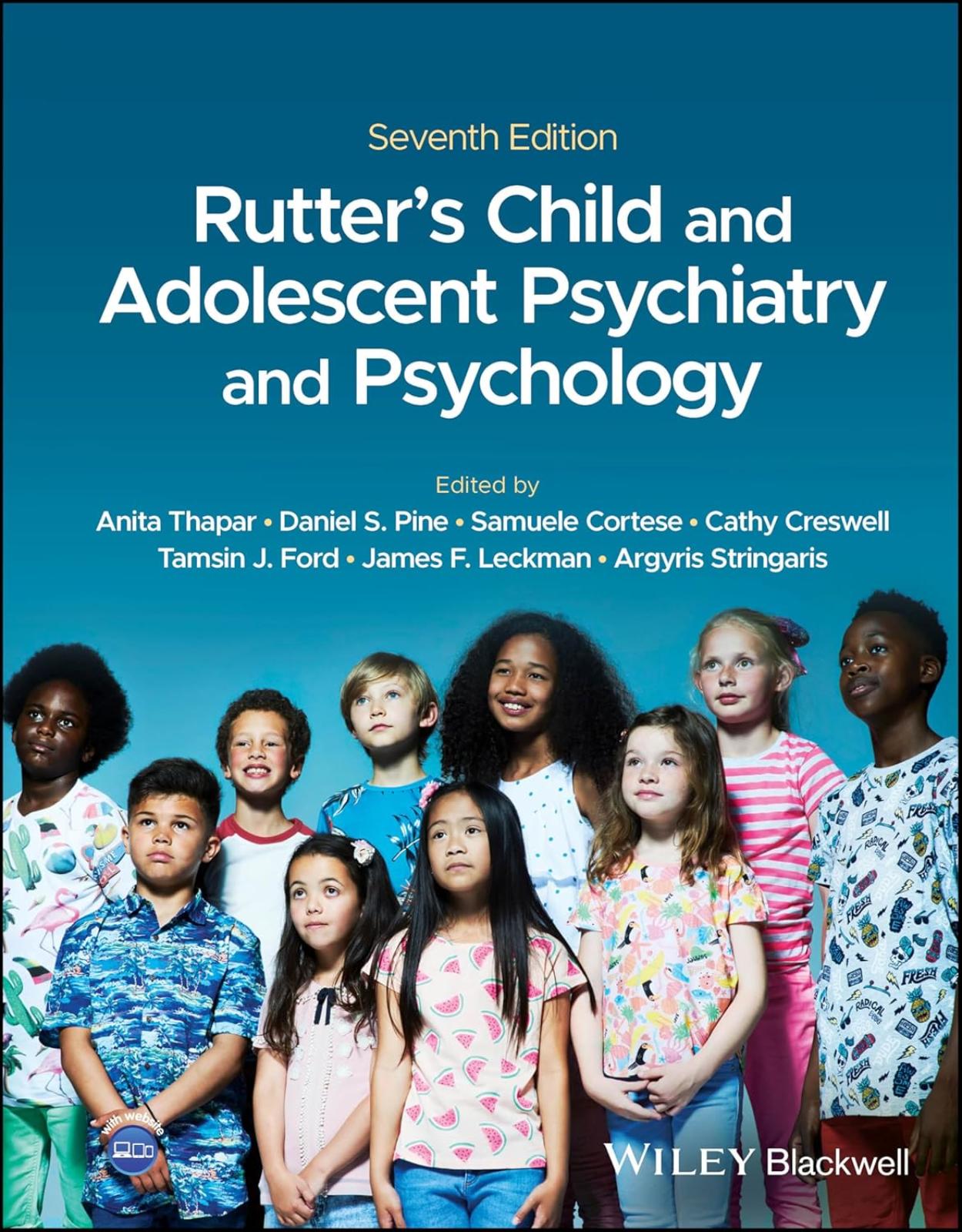
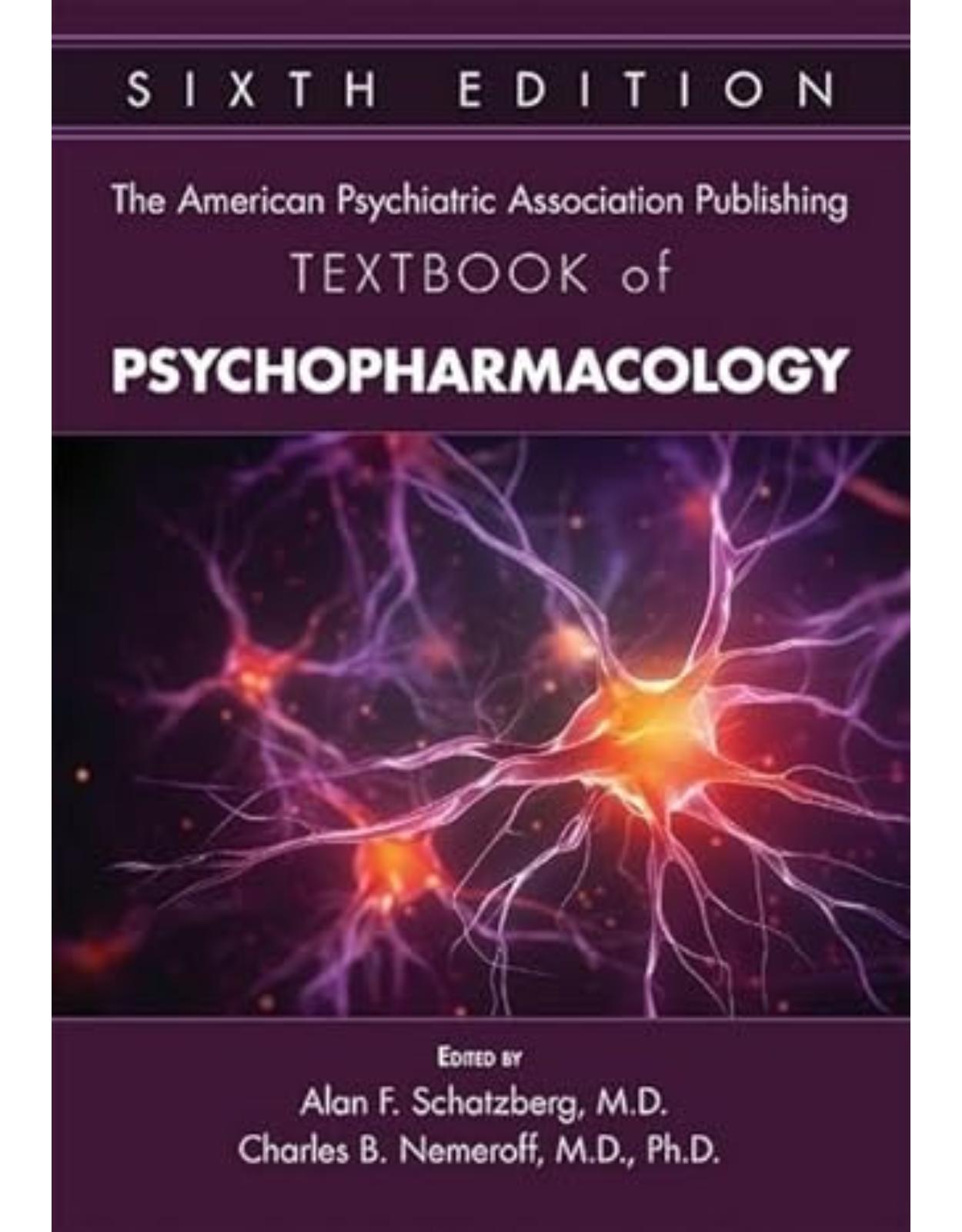
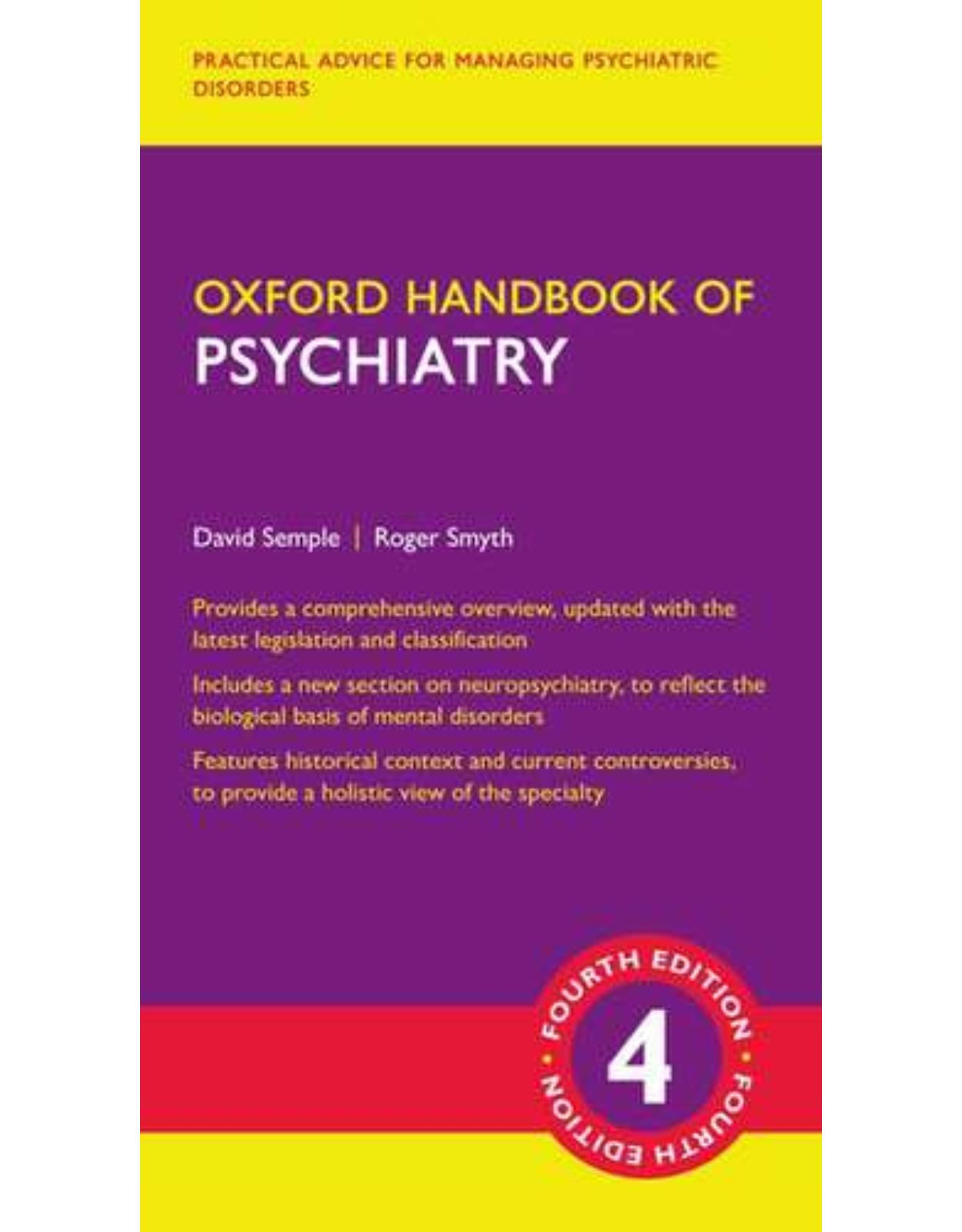
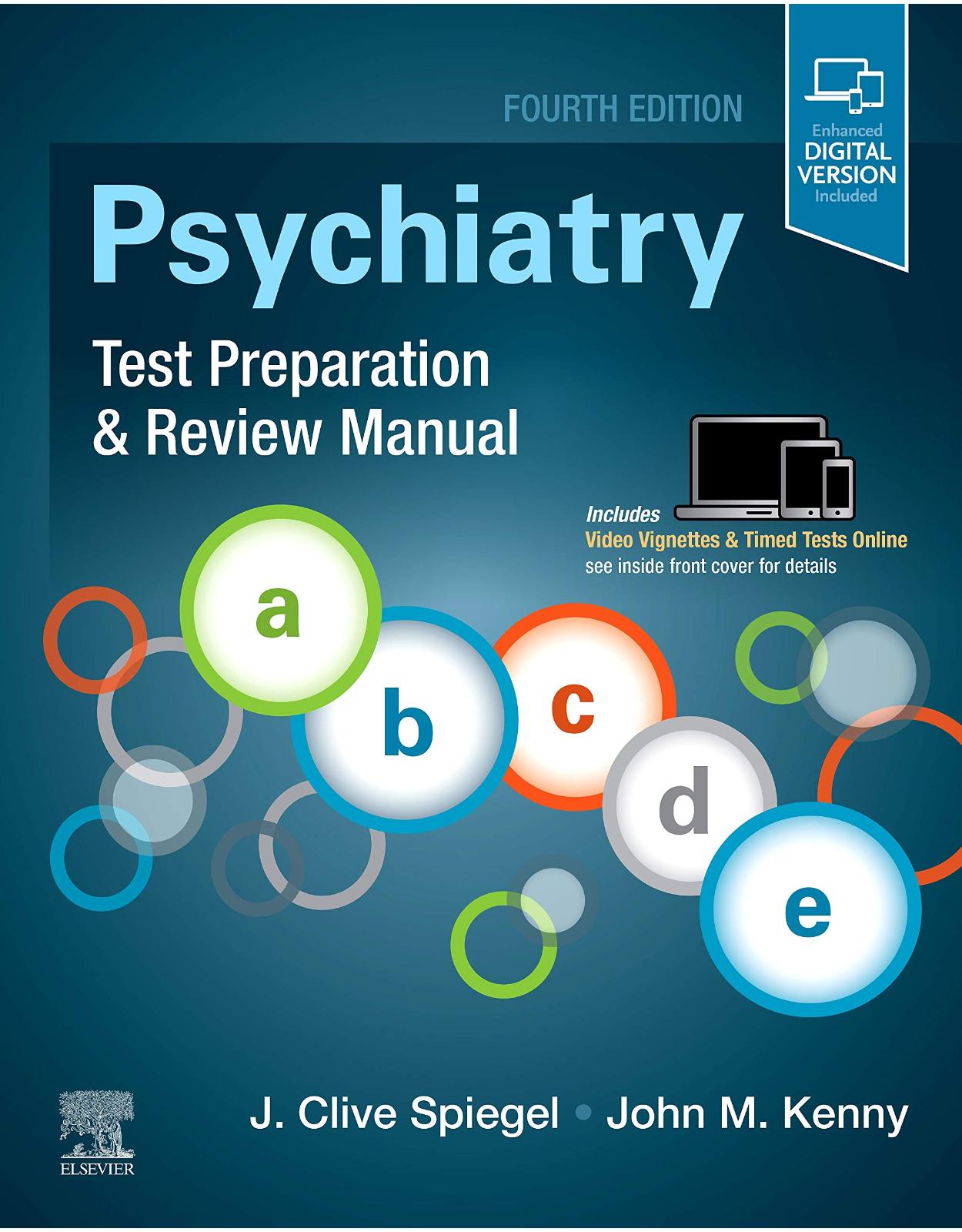
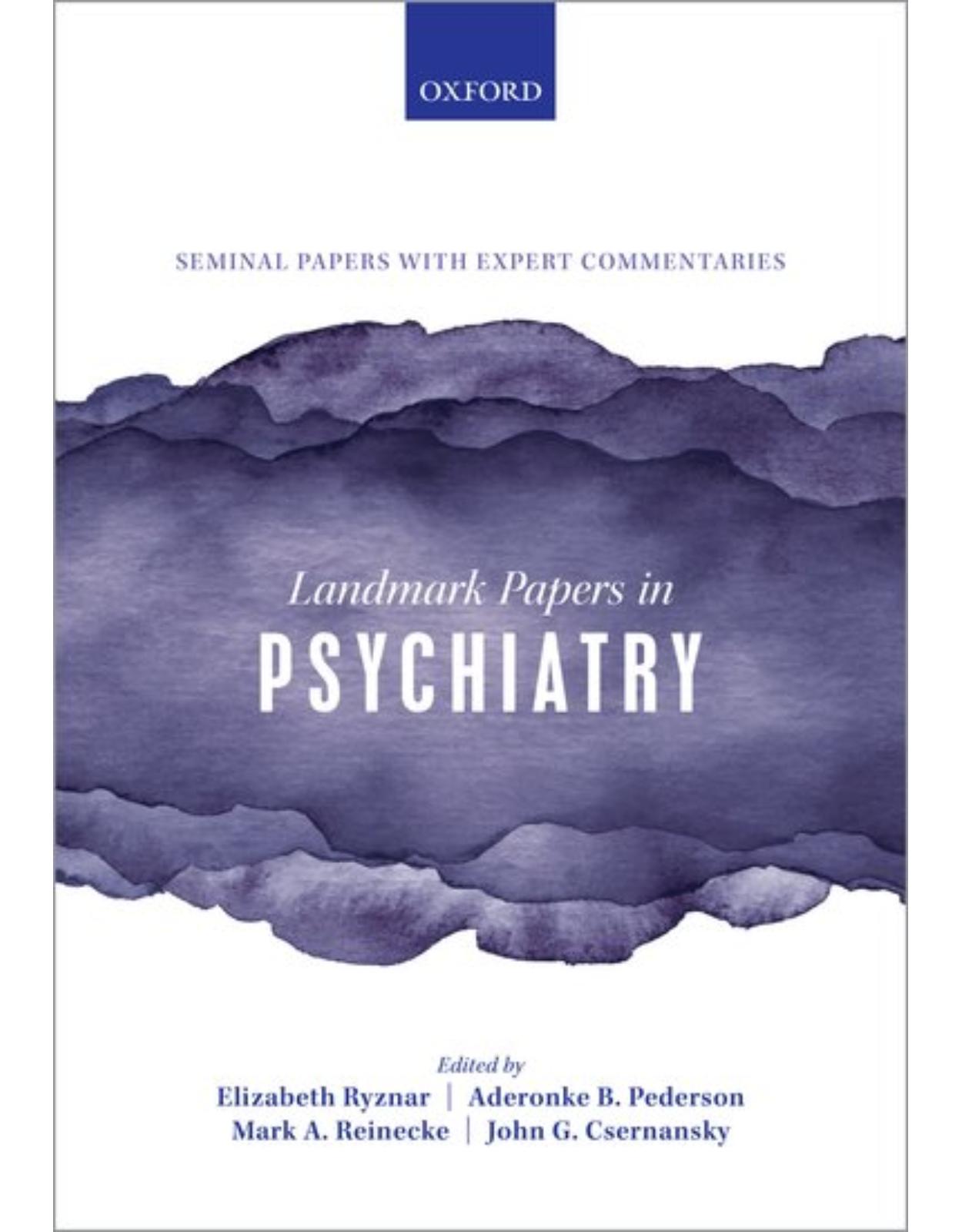
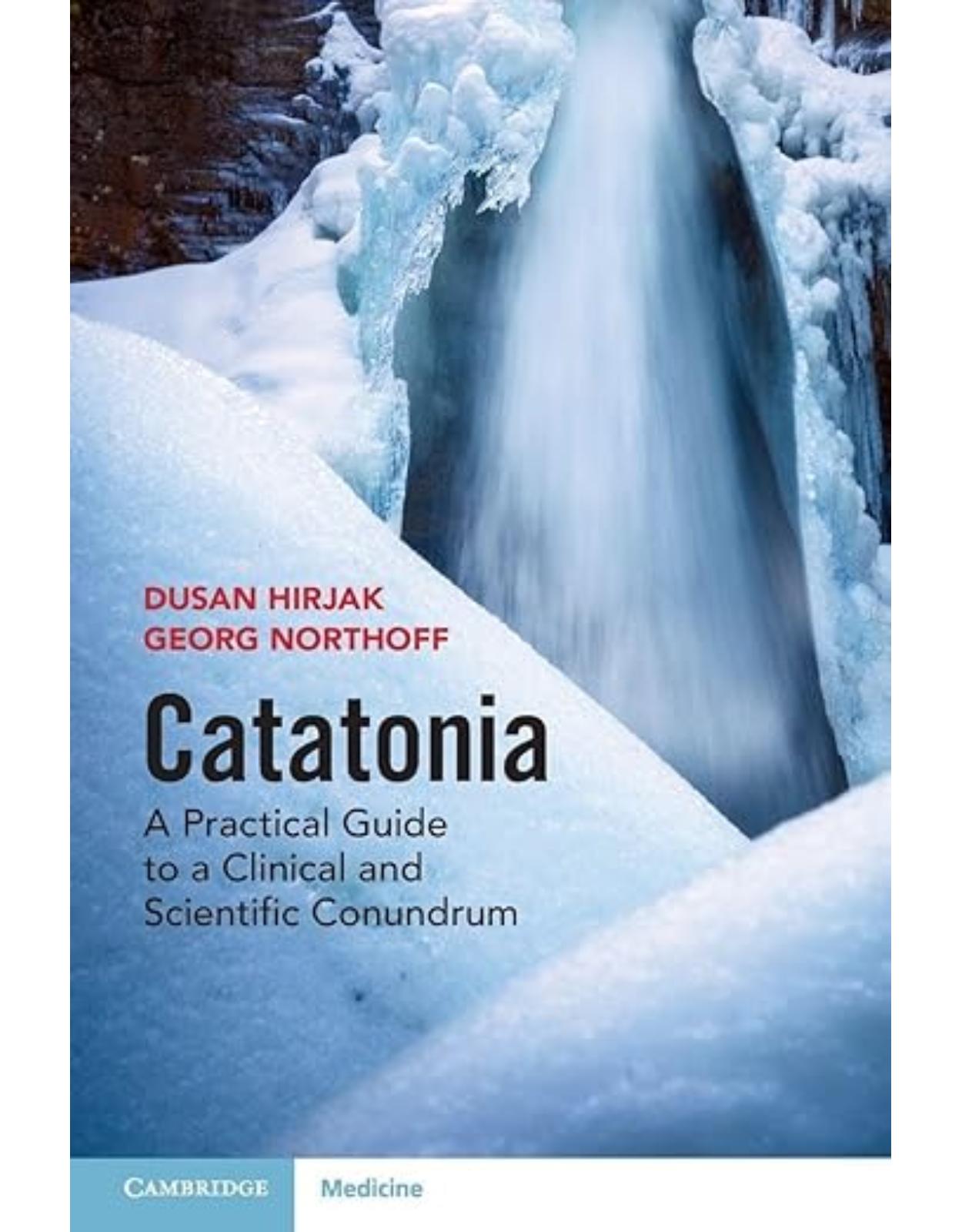
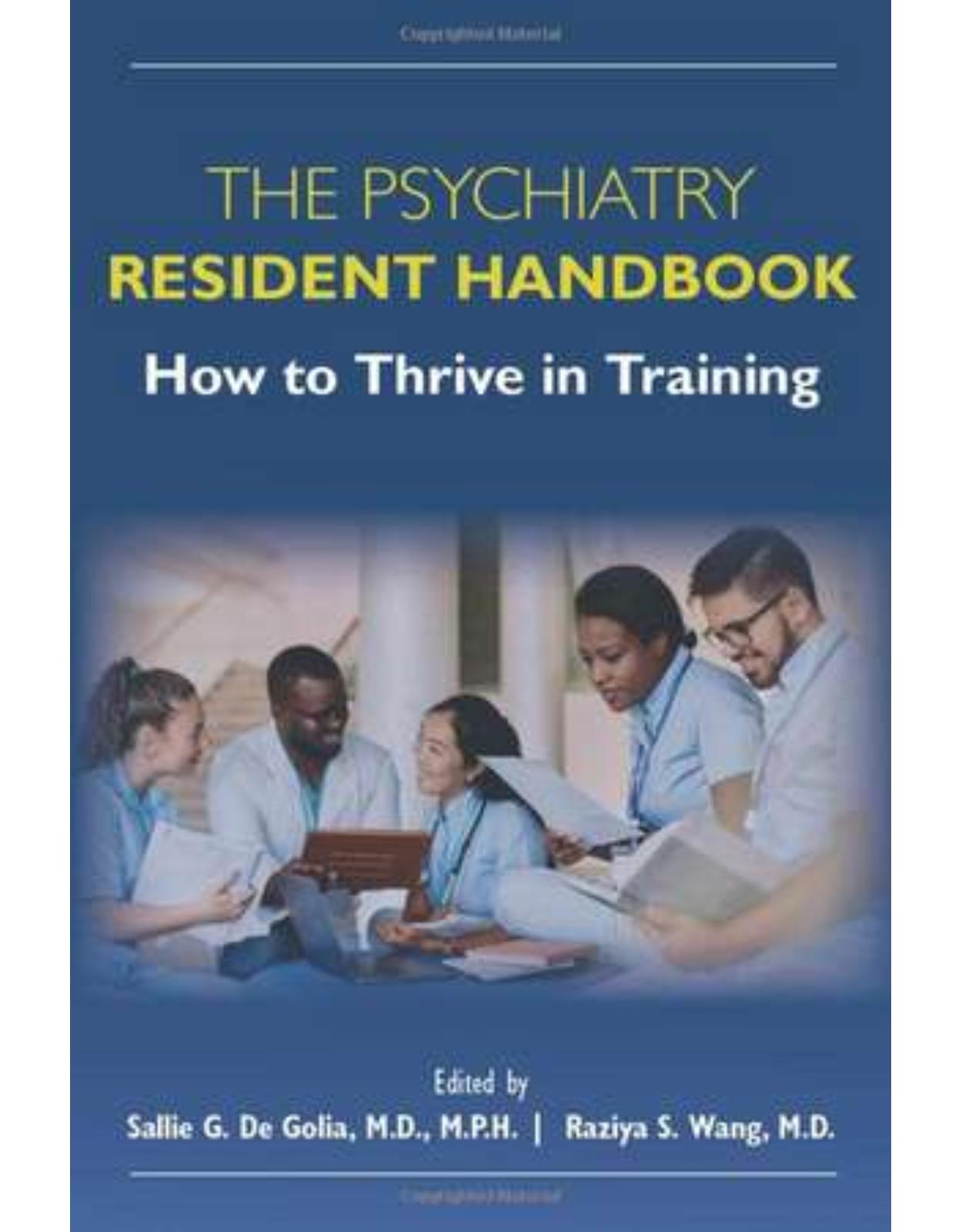
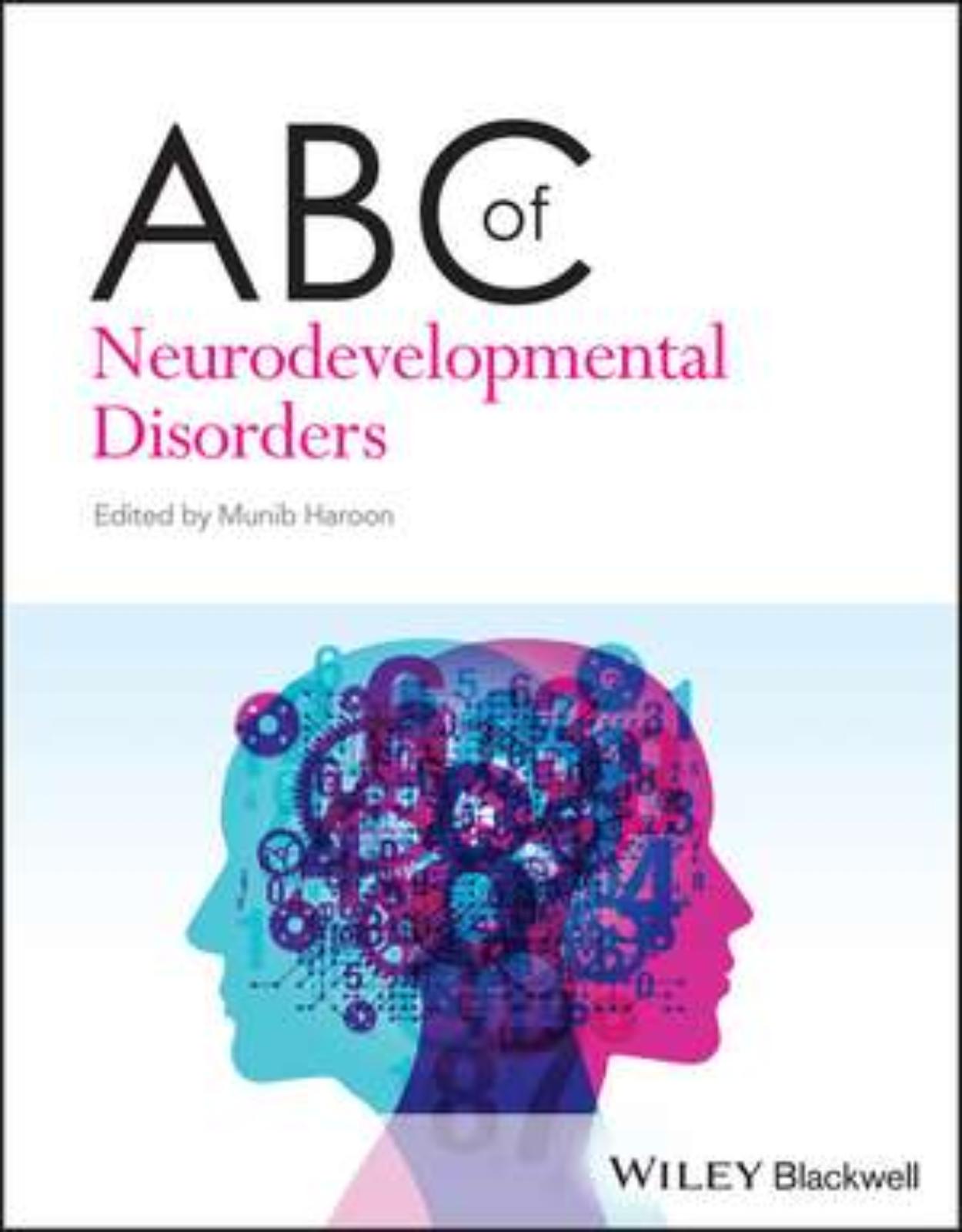
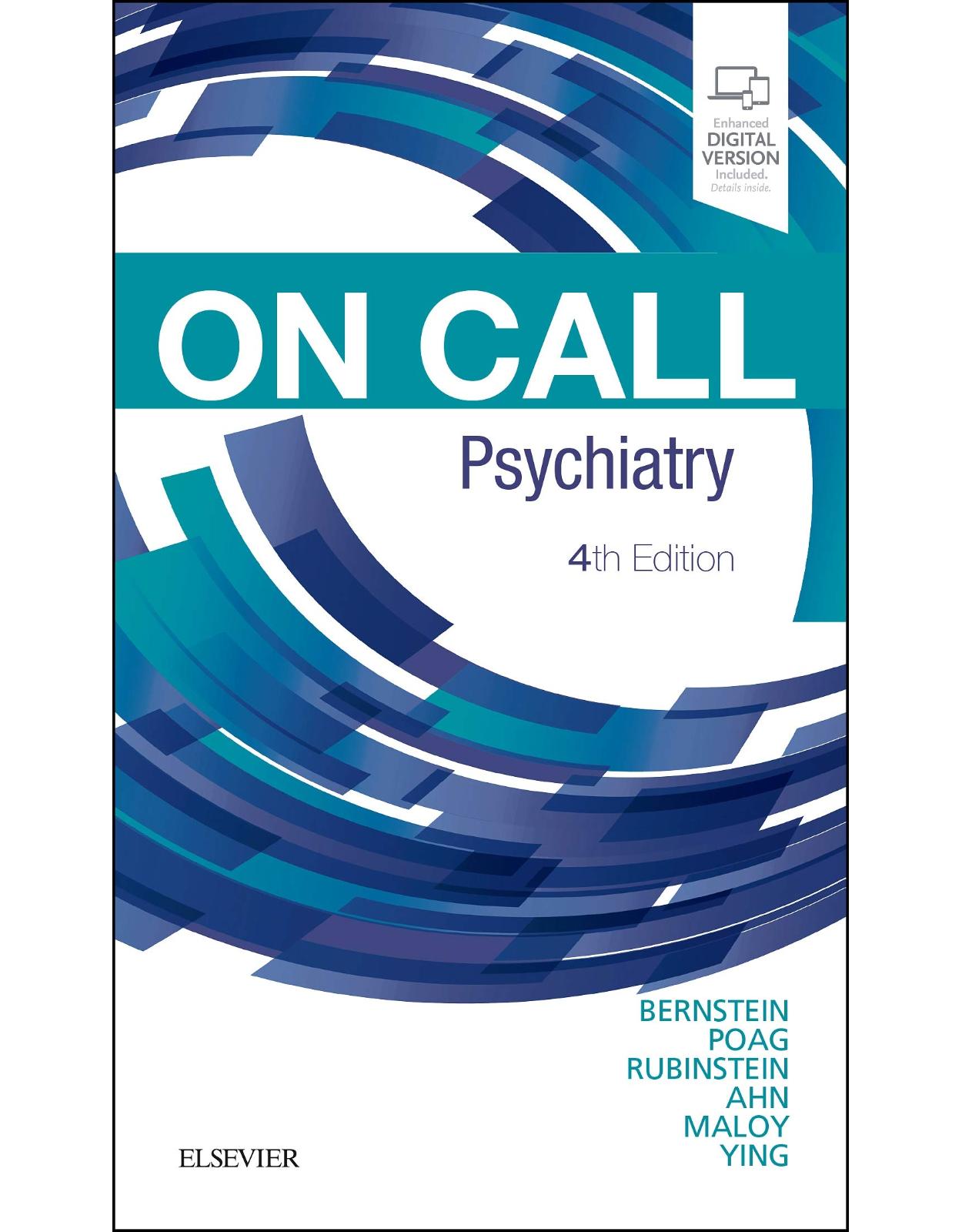
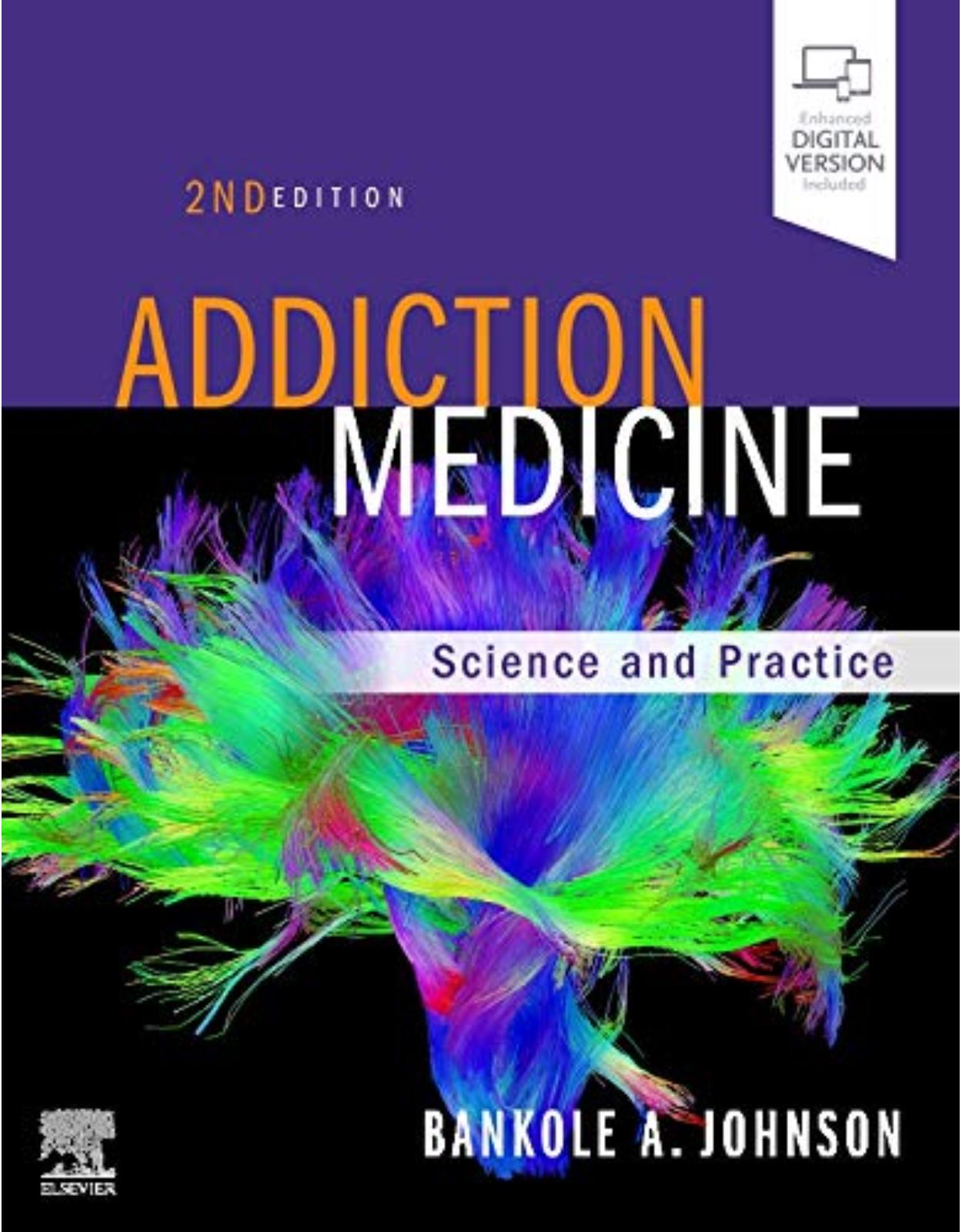
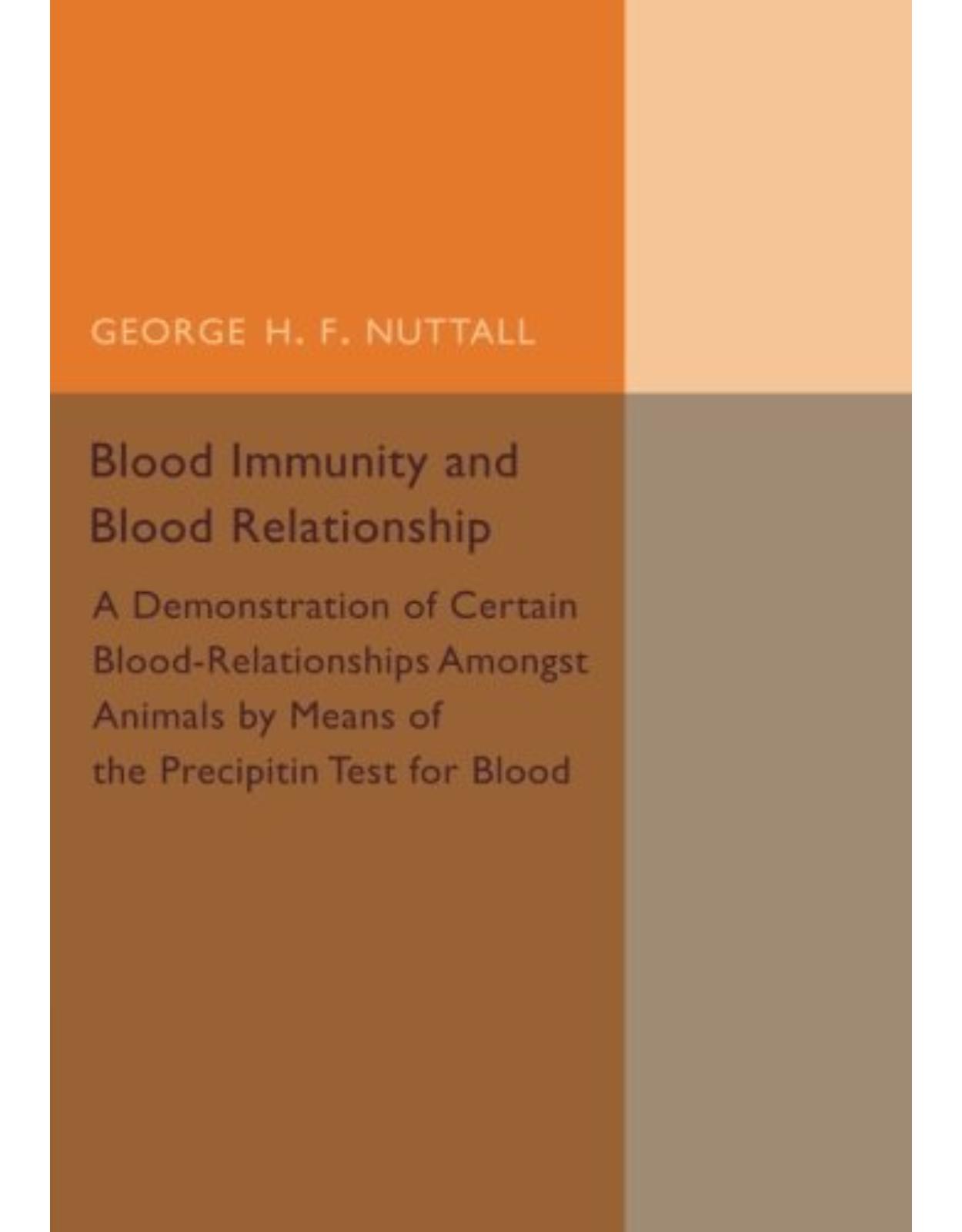
Clientii ebookshop.ro nu au adaugat inca opinii pentru acest produs. Fii primul care adauga o parere, folosind formularul de mai jos.